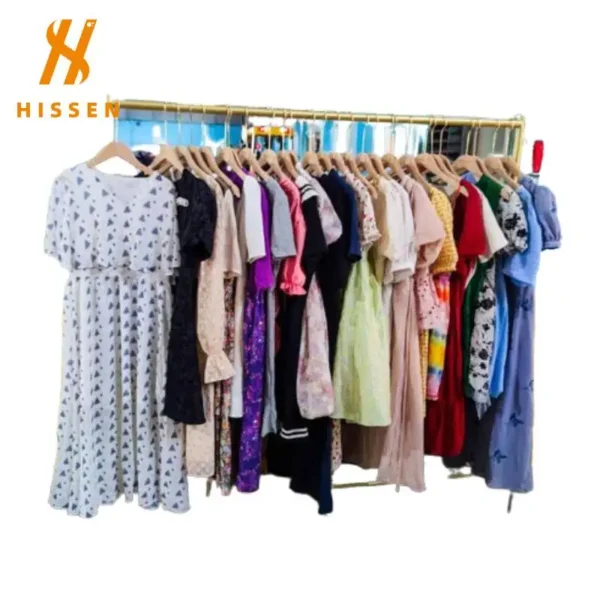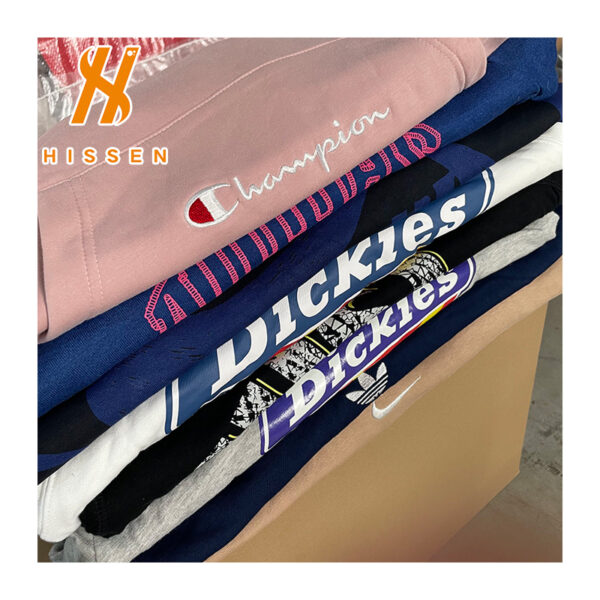European second-hand clothing has been growing in popularity and is having a significant impact on the global fashion industry. The increasing awareness of sustainability and environmental concerns is driving this trend, with second-hand clothing becoming a more mainstream option. The rise of second-hand clothing in Europe is due to factors such as cost-effectiveness, unique and vintage styles, and a growing desire to live a more sustainable lifestyle. The integration of second-hand clothing into the fashion industry is challenging traditional notions of luxury and exclusivity, and is helping to shift the focus towards more sustainable practices.
The Rise of Secondhand Clothing in Europe
There are several factors that have contributed to the growth of the second hand clothing wholesale market in Europe. Firstly, there is an increased awareness of the environmental impact of fast fashion and the need to reduce waste. Secondly, the growing trend of sustainable fashion has led to a greater demand for second hand clothing. Finally, the rise of online marketplaces, such as eBay and Depop, has made it easier for people to buy and sell second hand clothing, thereby increasing the supply of second hand clothing available for wholesale.
Impact of European second-hand clothing on the global fashion industry.
Wholesale second hand clothing in Europe is typically sold in large quantities to retailers, who then sell the items in their stores. These retailers can include vintage clothing stores, charity shops, and online marketplaces. The items that are most commonly sold in the second hand clothing wholesale market in Europe include clothing, shoes, accessories, and household textiles.
The second hand clothing wholesale market in Europe is a highly competitive industry, with a large number of suppliers vying for the attention of retailers. To be successful in this market, it is important for suppliers to offer high-quality products at competitive prices. Additionally, suppliers should have a good understanding of the latest fashion trends, as well as a strong network of contacts in the retail industry.
The wholesale second hand clothing market in Europe is not without its challenges. One of the main challenges faced by suppliers is the need to ensure that the products they sell are of good quality. This requires a lot of time and effort, as suppliers must carefully inspect each item before putting it up for sale. Additionally, suppliers must ensure that they comply with all relevant laws and regulations, such as those relating to the export of second hand clothing.
Despite these challenges, the wholesale second hand clothing market in Europe continues to grow, as more and more people look for sustainable and environmentally-friendly fashion options. This growth is expected to continue in the coming years, as the trend for sustainable fashion continues to gain momentum.
In conclusion, the second hand clothing wholesale market in Europe is a growing and competitive industry, with a high demand for sustainable and environmentally-friendly fashion options. To succeed in this market, suppliers must offer high-quality products at competitive prices, have a good understanding of fashion trends, and be able to navigate the various challenges and regulations involved in the export of second hand clothing.



